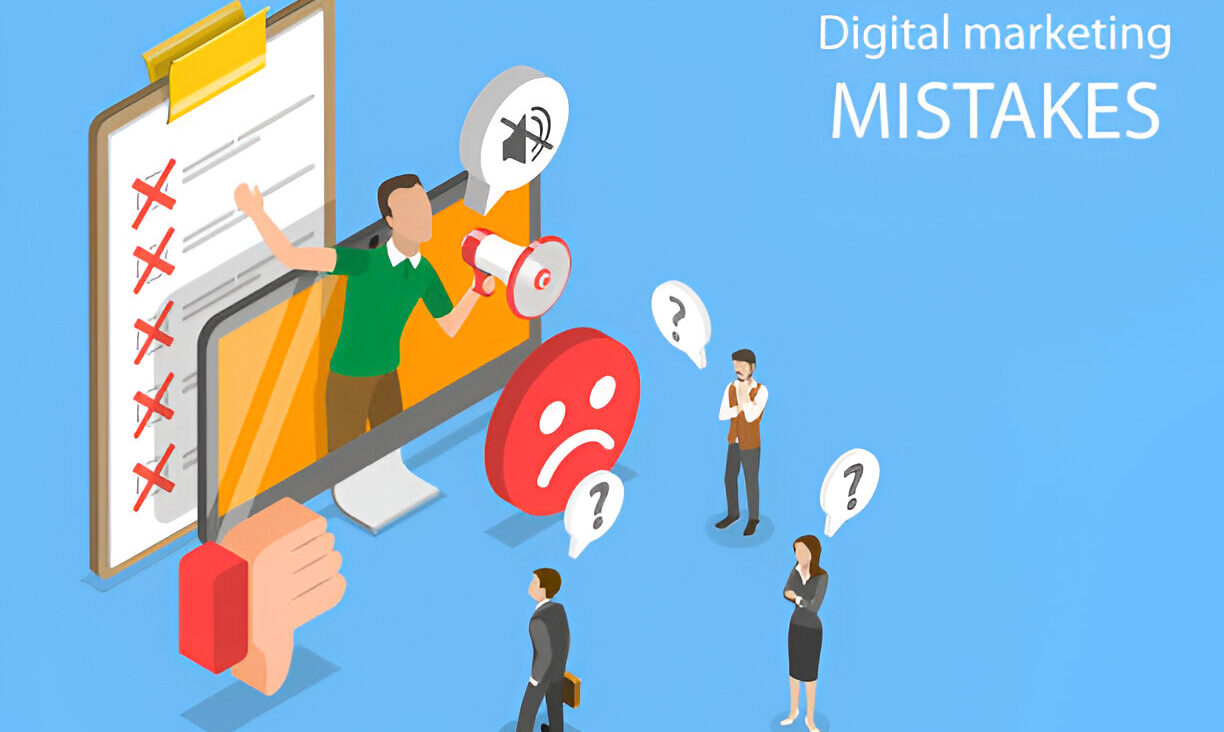You’d think it would be hard to make people unhappy in a candy store, but fine chocolate can’t make up for the disappointment of being mistreated by an employee.
I learned this the hard way during our family’s first post-lockdown reunion. I took my son and his grandparents to a candy store, and we were looking forward to a fun day out together—but while walking through the store, one of us accidentally passed a missealed container of ice cream toppings to the floor.
Ideally, a positive employee would have quickly said something like, “Oops! Don’t worry, I’ll take care of it.” We would have bought an armful of goodies, left a healthy tip, and gone home to post a glowing review online.
What really happened, though, was an employee snapping, “If you break it, you buy it.” Our appetites disappeared, and after reluctantly paying $11 for the “damage”—far less than we had planned to spend on treats! We left with no intention of ever returning.
It’s tempting to blame our disappointing experience on a single grumpy employee, but the real culprit was poor training—and that’s a product of poor management. Good judgment is a learnable skill, not an inherent personality trait, and with the right approach, business owners can turn any employee—even one with rough edges—into a customer service guru.
Invest in your employees
It seems the candy store owner missed an important retail concept: employees who engage with customers play a key role in building satisfaction and making customers happy, increasing revenue. On the other hand, disappointing your customers means losing their trust and squandering both current and future revenue opportunities.
There are many reasons why retail workers left their jobs during The Great Resignation. At the top of the list is the desire for better pay and benefits, opportunities for career growth, and an escape from boredom and burnout.
Employers already struggling to operate in the dark may find they have to pay more to attract new hires than they pay their existing staff. That realization should be a wake-up call. The fact is, many businesses already have the qualities of a superior team in their current workforce, and it makes more financial and business sense to invest in them and train them to excel than to put a premium on onboarding to pay new employees.
Businesses should nurture the potential of their existing employees and then align their salary with their increased value instead of offering higher salaries to newcomers who know zero about the business. Done right, this approach can increase employee engagement and strengthen retention, giving your best team members a sense of their value and a clear path to advancement.
Encourage self-discovery
Effective training allows employees to absorb product knowledge and develop their talents—including customer engagement skills—in a format that doesn’t send their boredom meters into the “I quit” zone. Perhaps boredom is not the root of everyone’s bad, but it’s a contender. The right training replaces the threat of boredom with the allure of engagement.
To keep things interesting, training should be personalized to suit individual needs and to ensure staff don’t waste valuable time learning things they already know. Then the question becomes: Do they really know what they think they know?
False confidence is a real problem in retail. An employee who admits ignorance may not impress a customer on the knowledge front, but they can be trusted for their honesty. An employee who delivers inaccurate information with apparent conviction, on the other hand, may win a sale—but ultimately lose the customer when the truth is revealed.
That’s why the best training programs use trust-based assessments to tailor learning programs to employees’ individual needs. By measuring both pupils’ knowledge and their confidence in their knowledge, these programs help employees identify knowledge gaps and realize that they are inadvertently working from incorrect “facts.”.
This process is highly interesting for participants because everyone wants to know more about themselves. By framing training as a journey of self-discovery, it is possible to make employees more invested in their success—and ultimately more competent and more confident in their abilities.
Giving employees more confidence can reshape an employee’s mindset from passive reliance on arbitrary rules (“You break it, you buy it”) to active consideration of which customer engagement approach is best (“Oops, sorry about the faulty packaging, I’ll take care of it”). An employee who knows the importance of treating customers with respect is an employee who will keep customers happy, gain their trust, and drive more sales in the long run.
Do the Math
Besides boosting your bottom line, quality customer engagement has another benefit: it makes employees feel good. Employees who end their shift with a smile are more likely to feel invested in the business’s success and strive to win a promotion rather than looking for work elsewhere.
While I didn’t cause a scene when confronted with the candy store employee’s rudeness, many people have shorter fuses. Abrasive, rule-oriented approaches to customer service can cause confrontations that demoralize both employees and customers. Apart from anything else, workers who are regularly confronted by disgruntled customers are more likely to seek new employment.
It’s important to think about all of these factors when considering the value of an effective training program—or the cost of not getting customer service right. Every poorly handled interaction leaves both customers and employees with a sour taste in their mouths, and the costs of those interactions add up.
In my case, I posted a negative review of the candy store on Google, hoping to give the owner a taste of the real cost of breaking down the customer experience.
A further breakdown was:
- Reduced income because I spent less than I planned.
- The loss of future sales because I will not return.
- A missed opportunity for favourable word of mouth.
- My negative review was read by over 600 potential customers.
All of those losses stemmed from a single employee’s failure to prioritize the customer experience—but also from the store owner’s failure to recognize the importance of proper training. After all, with the right coaching, that employee could have seen a minor waste (that was their fault) as an opportunity to strengthen the customer relationship and keep the store’s atmosphere intact.
Fewer shoppers are willing to venture into brick-and-mortar stores these days, and those who do are looking for great products—and a positive experience. Similarly, good employees are hard to come by, and they are increasingly choosing to work in places where their own satisfaction is as important as the customer’s.
Those two trends are flip sides of the same coin. To succeed in this new environment, retailers of all types must recognize that fact—and invest in quality training that both engages frontline employees and empowers them to create great customer experiences.
================
AISKILLSOURCE.COM










